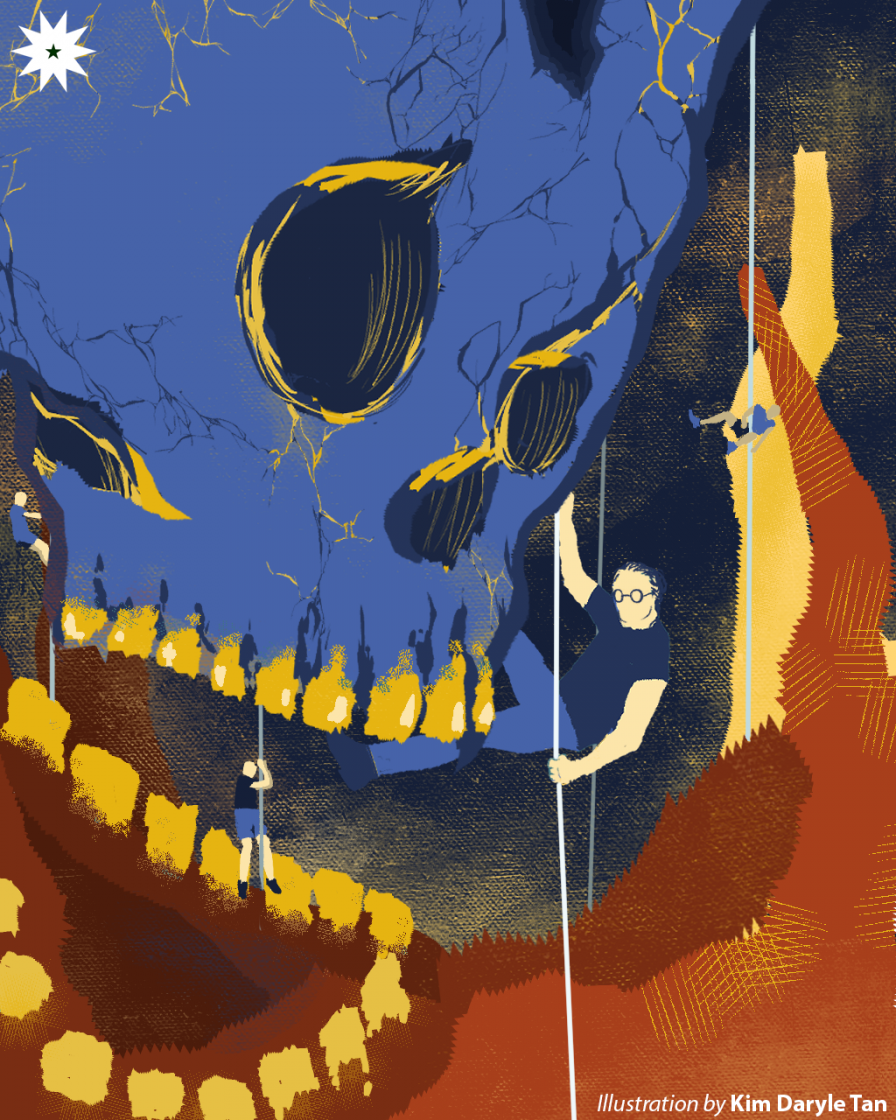The discovery of a third metatarsal from a then unknown hominin, a primate regarded as human, directly ancestral to humans, was just the beginning of the journey that would take place for three excavation years in Callao Cave. Discovered by University of the Philippines (UP) Diliman Archaeological Studies Program (ASP) graduate student Archie Tiauzon, an excavation team led by dig director Armand Mijares was able to date the fossil back to the Late Pleistocene era, which was 126,000 years ago.
Although now an extinct species, the fossil does provide the earliest evidence of human presence in the Philippine islands. It was securely dated to 67,000 years, with a leeway of about 1,000 years, through a uranium-series analysis—a method using radioactive uranium decay in order to estimate the age of the fossil.
Florent Détroit, the team’s member and a faculty of the Muséum National d’Histoire Naturelle, analyzed the excavated remains and led the assigning of the newly named species as Homo luzonensis.

‘Forefront of human evolution studies’
Eusebio Dizon, curator of the Archaeology Division of the National Museum of the Philippines, explains that the H. luzonensis’ discovery raised even more questions on human evolution itself, adding how it features unique characteristics, such as its mix of “primitive characteristic of Australopithecines (a bipedal primate with both ape-like and human characteristics) and modern derived characteristics of Homo sapiens.”
Meanwhile, specializing in cultural heritage management, archaeologist Mylene Lising also shares that there has been a growing interest from paleoanthropologists and archaeologists in studying human evolution in the context of archipelagos.
Lising mentions that Indonesia became a “hotbed” for human evolution in an archipelagic context due to both the Homo erectus and Homo floresiensis (an extinct species of the Homo genus dubbed as “The Hobbit”) being discovered there. With the remains of the H. luzonensis found in the Philippines, she believes its discovery is a “big piece of news” for the country.
“On a national context, you have now the oldest fossils in the Philippines,” she says, explaining that its unearthing “puts the Philippines [at] the forefront of human evolution studies.”
A future from the past
“Syempre sobrang big kasi, first of all, archaeology is not that known in the Philippines,” ASP graduate student Bea Ferreras shares. Admitting there is a growing community of archaeologists in the Philippines, she hopes that the newly discovered species could drive the field in the country to greater terrain.
(Of course, [the discovery of the H. luzonensis] is big because, first of all, archaeology is not that known in the Philippines.)
Expressing sentiments as an archeology student, Andrea Cosalan shares that the international and local feedback on H. luzonensis has brought enthusiasm to those studying the craft.
Excavating newer truths
“It’s reinforcing [to think that], ‘Oh, I’m on the right track. Parang may sense pala yung pinupuntahan ko’,” she states.
(It’s reinforcing [to think that], ‘Oh, I’m on the right track. There’s actually a sense in where I am going.)
Dizon reports that the H. luzonensis could be smaller than H. floresiensis and notes that the use of comparative analysis and 3D printing methods have revealed its similarities to the foot bone of the Australopithecus and the upper premolars of modern men.
“In the principal component analysis you can see the behavior or how H. luzonensis differentiates itself from the other known fossils around the world,” he explains.
The curator further cites other properties of the newly discovered hominin, such as its adaptation to tree climbing, additional ability to walk erect, and for the genus’ species to evolve in tropical environments, as evidenced by both the H. luzonensis and H. floresiensis.
Hitting bedrock
The excavation did not go without its fair share of struggles, with Dizon disclosing that there were minor disagreements, which he assures were “normal in cases [in] scientific research.”
He adds that the research has also undergone criticism. “We have to be careful, especially if it is a new specimen—if [it is] a new species. It takes some time to understand and answer questions and a lot of thinking,” he expounds.
Lising shares similar sentiments with Dizon, stating that proposing a new species is no easy feat, understandable as to why Détroit’s analysis had to be very particular.
“There were years when they had nothing,” she confesses, explaining how Mijares’ team struggled during its earlier explorations. Amid the struggle, she reveals that Mijares’ determination was partly due to Mike Morwood, one of the archaeologists known for discovering H. floresiensis, whose feats inspired him to go “deeper than usual” during their excavation.
“Normally kasi, when they say ‘Oh, when you hit bedrock’, that’s it. You stop na. Wala na below that. But he (Mijares) went deeper,” she narrates.
(Normally, when they say ‘Oh, when you hit bedrock, that’s it. You stop already. There is nothing below that. But he (Mijares) went deeper.)
“And that’s when he stumbled upon the first fossil,” she reveals.
